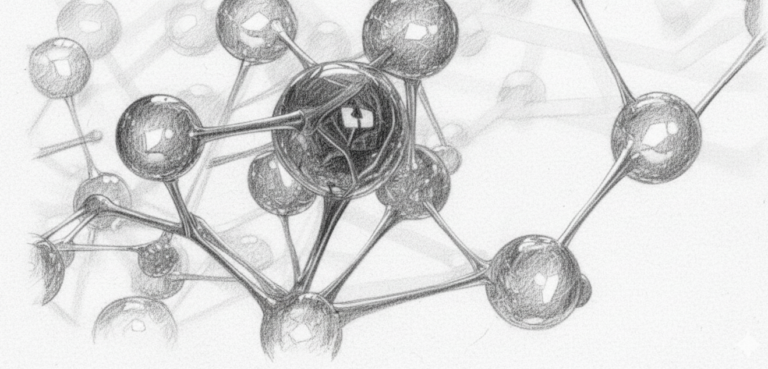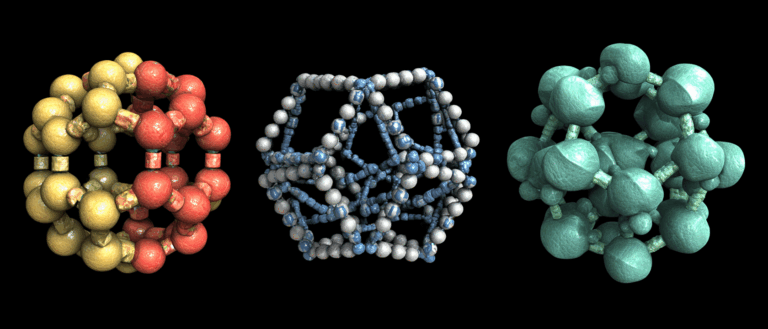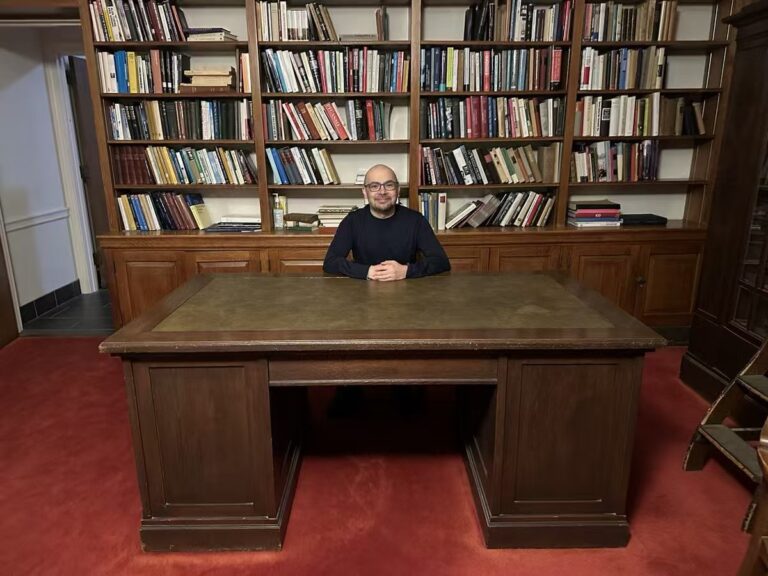Command Palette
Search for a command to run...
Programmers Can Help Themselves With Hair Loss: Using Computer Vision Technology to Safely Transplant Hair

Faced with the increasingly serious problem of hair loss, hair transplantation has become a life-saving magic weapon for many people. However, the expansion of the hair transplantation market and the lack of professionals have also made this project that relies on professional doctors more confusing. The intervention of technologies such as artificial intelligence and robots is likely to become a new force that changes this industry. With the continuous advancement of technology, can the problem of hair loss be completely cured?
Hair loss has become one of the most serious threats of this era.
From the hot sales of hair care products on e-commerce platforms, to the ubiquitous hair transplant advertisements, to the hot topics of hair loss in major forums, we can get a glimpse into people's deep anxiety about their hair.

But hair loss does not spare any group.

Hair loss has existed since ancient times. For thousands of years, Socrates, Caesar, Shakespeare, Napoleon, Darwin, Churchill, and countless other historical figures have been troubled by hair loss. Pigeon droppings, hedgehog thorns, alabaster, and other unique "herbs" for treating hair loss have also appeared in many records.
The current pace of life and pressure have exacerbated this phenomenon.

Some people even joked that "sudden death is not the biggest concern of today's young people, but hair loss is."
Desperate hairline, who is its lifeline?
According to statistics from the World Health Organization, 5 Among individuals, there are 1 Individuals are troubled by hair loss, and the number of people with hair loss in China has reached an astonishing 250 million.
In addition, the trend of hair loss is moving towards younger age. Compared with the previous generation, the average age of hair loss is now earlier. 20 In 2017, the post-90s generation has replaced the post-80s generation and become the "main force" of hair loss.

Many widely circulated but rather metaphysical "folk remedies": applying ginger, washing hair with beer, using hair growth combs, and using black sesame seeds, also torture the hair volume and nerves of people with hair loss.
In the early 20th century, people discovered the culprit of hair loss: the male hormone testosterone, which is converted into "DHT – Dihydrotestosterone"It will stimulate the growth of hair follicles, leading to necrosis of hair follicles and causing hair loss.

However, the treatment of hair loss has developed very slowly. In the past century of exploration, there are only a few effective treatments, and the methods currently used are drug treatment and hair transplantation.
The recognized drugs include minoxidil (applied) and finasteride (oral, prescription drug). However, they are not only expensive, but also have great disadvantages. Minoxidil can cause dependence, while finasteride can cause strong side effects.
So many people, in their hearts,Hair transplantAs the lastLifeline.
The issue of hair transplantation is really making people bald
The concept of hair transplant technology is 1959 It was proposed by Norman Orentreich in 1915, and its key principles are still in use today.

Hair transplantation is to transplant the "tough" hair at the back of the head.Hair follicle transport, transplanted to areas where hair is sparse.
However, hair transplantation is an extremely troublesome task, which has problems such as reliance on doctor's experience, time-consuming and labor-intensive, and low success rate.
For ordinary patients with high hairline, transplantation is required 1800-2500 This is a big challenge for doctors, scalps and wallets.
In addition, the hair transplant industry is a mixed bag, and often due to the inflated profit chain, some horrificChaos.
In a report some time ago, some media conducted a thorough investigation into the hair transplant crash course and revealed the inside story that was chilling.
During their undercover investigation, they found that a well-known hair transplant training center only took two or three days to complete the qualification certification of trainees. The operating specifications and process settings of the entire training were non-existent.

There are not a few such unscrupulous hair transplant workshops. In addition to the fact that the hair transplant market is too complicated, it also reflects the lack of hair transplant professionals.
This situation, along withRobot hair transplanter,Artificially cultured hair folliclestechnologyThe emergence of has also brought about a new turning point.
Hair transplant robot is put into use, one-stop anti-hair loss treatment
American Robotics Restoration Robotics , combining robots and artificial intelligence, created a set of hair restoration technology and launched a hair transplant robot Artas .
It combines robotics andComputer VisionAnd other technologies are used to extract and transplant hair follicle units.

During hair transplantation, the robot first uses digital imaging to perform 3D modeling, and then determines the coordinates of the hair follicle transplantation and other information; it then automatically extracts the hair follicles and intelligently and evenly punches holes at the transplantation site; finally, the robot or doctor implants the hair follicles.
Compared with artificial hair transplantation, this robot has great advantages.
The first step is to set parameters based on the individual patient situation, which can simulate the hair transplant effect and help design a comprehensive operation plan.

Secondly, useImage recognition and intelligent algorithms, it can more accurately grasp the information such as drilling, position angle, direction, density, distribution, etc. during the operation. The success rate of hair follicle extraction has also been improved from manual 50% to 90%.
Finally, the intervention of robots can reduce dependence on doctors, shorten operation time, and reduce uncertainty during surgery.
Unfortunately, perhaps because robotic technology is not yet popular in the industry, the price of this Artas is high, exceeding the ordinary hair transplant cost on the market.
However, the combination of intelligent algorithms and robots is bound to be the future trend of hair transplantation.
The changes brought by 3D printing: How bold you are, how productive your hair follicles are
What needs to be solved in hair transplantation isOrigin of hair folliclesWhether it is artificial or mechanical hair transplantation, using one's own hair follicles is actually "taking money from one pocket to fill another". For patients who have no available hair follicles, there is nothing we can do.
Artificially cultivating hair follicles can ignore these limitations, help more people, and bring about a revolution in the hair transplant industry.
Based on this idea, a research team from Columbia University in the United States carried out corresponding research and they recently made new breakthroughs.

In this study, the researchers used 3D Printing Technology, constructed a hair growth environment similar to that of human skin, obtained artificially cultivated hair follicles, and successfully grew hair.
Many people have tried to culture hair follicles in experiments, but the flat culture conditions and droplet culture conditions used in the past have had little effect.
The key to this success is the use of more sophisticated 3D printing to meticulously restore the structure of the hair follicles.Growth microenvironment.

In the laboratory, they seeded the dermal papilla cells of hair follicles into micropores, covered them with keratinocytes, and cultured them using a special mixture of growth factors.
After three weeks, healthy hair follicles grew and hair was produced.

"Essentially, we created aHair workshop.
In addition to helping hair follicles grow, the 3D mold method has another great advantage in that it can design the density or pattern of hair growth according to different hair transplant recipients.Meet various hair transplant needs.
Of course, some optimization is needed before this technology can be actually used for hair transplantation.
The future: Can technology solve the age-old problem of hair loss?

The emergence of artificial intelligence, robotics, or artificial hair follicles has brought new breakthroughs in hair transplantation methods, and is also the most likely way to produce fundamental changes.
However, these novel technologies still have a long way to go in achieving popularization and applicability. We also look forward to the day when technology can defeat hair loss.
Now, to solve the problem of baldness, in addition to staying away from unreliable hair growth methods, the key is to regulate your body, create a healthy lifestyle, and reduce the burden on your hair.
If this doesn't stop the powerful gene that causes hair loss, then we can only hope that more powerful technology will emerge. I hope those researchers on the front line will not lose their hair because of developing technology.

-- over--








